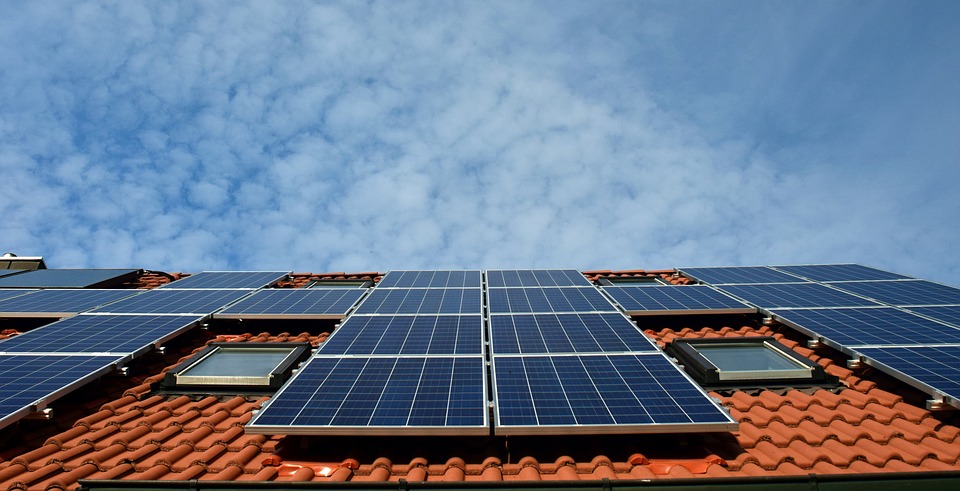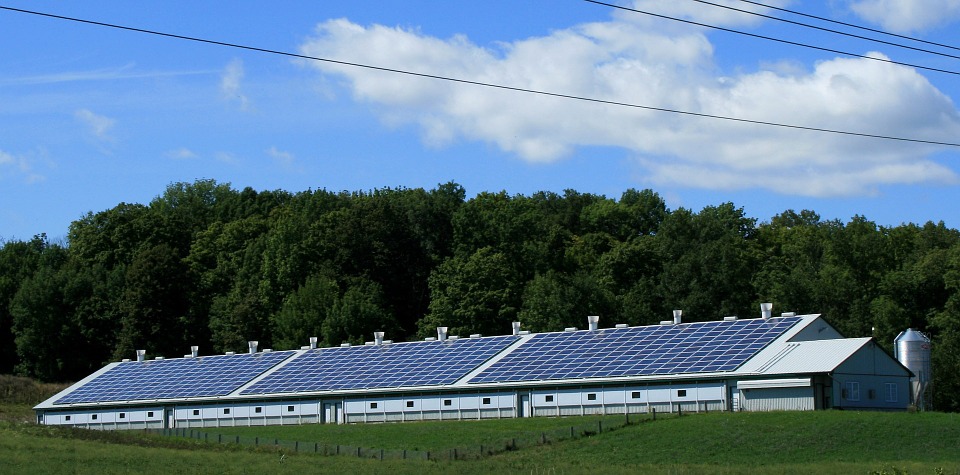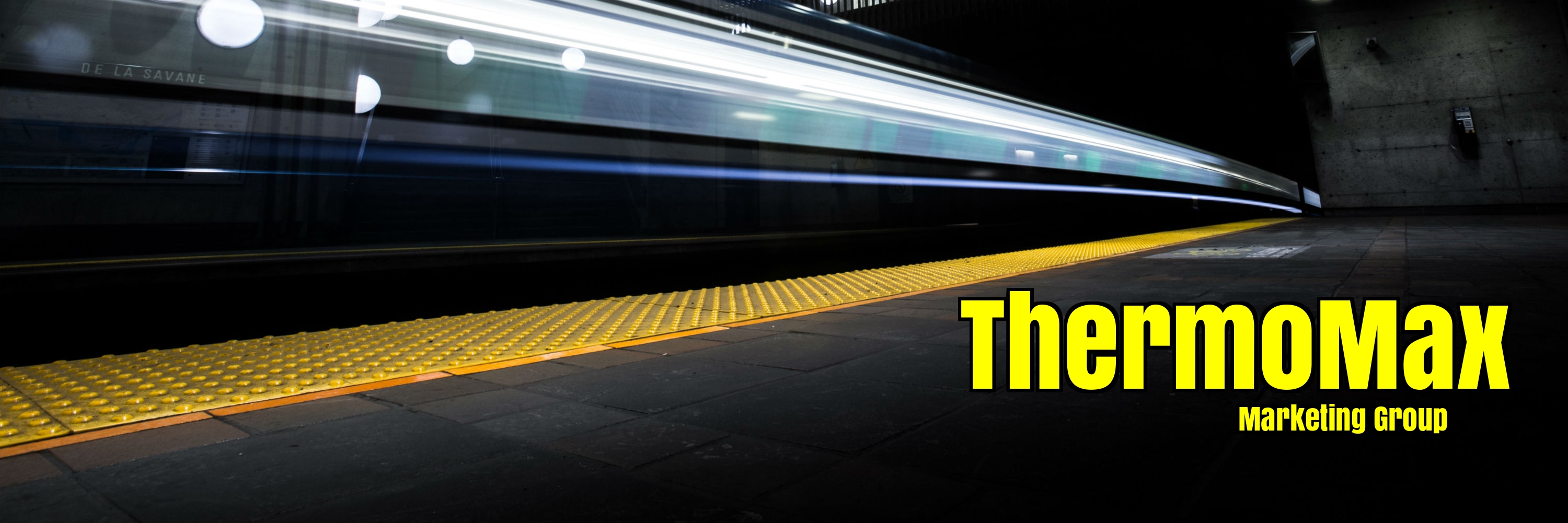As population increases and space decreases, many cities are now exploring new ways to make use of their rooftops.
Today, cities are much denser, taller, and even busier than how it was in the past, and because of this, there is a constant battle for land. It does not matter the kind of job you do; may it be a developer, farmer, transport manager, or receptionist, if you are a city dweller, you are forced to compete for the available space. According to expert prediction, 1/3 of the world’s population is predicted to live in the city by 2050. Surely, if this is the case, the stress on urban infrastructure looks outpace even the most carefully laid plans. Nonetheless, if you look at aerial images of city centers around the world, you will see many sports of unused space; i.e. rooftops. Did you know that rooftops represent about 15 to 35% of the total land area, depending on the size of the city?
Therefore, what can you do with this space? This is the million-dollar question. In high-density cities, the roofs are dedicated to recreation. This is where you will find everything from pools and bars, to running tracks and soccer pitches. Some have questionable wind turbines. For example, in China, a large shopping mall has over 25 villas on its roof. However, when the roof offers access to sunlight, there are only two obvious use i.e. solar power and green roof agriculture.

The Green Cities
For more than a decade now, green roofs have been growing in popularity and in some cases, growing into new heights and size. For example, atop, which is a convention center located in Manhattan has the largest in the city, covering 89,000 m2. These roofs are usually comprised of planted beds, low vegetation, and carpet-like tiles. These green roofs can provide a habitat for insects and birds to what is considered a hostile environment. On the other hand, green roofs act as thermal insulation for the building, which does also reduce storm-water runoff.
At the same time, these green roofs offer an added benefit, which is; neutralizing the urban heat that is caused by something known as the island effect. This heat is caused by heat absorbing material like concrete and asphalt, which causes cities to increase in temperature by several degrees than the surrounding countryside. It is a known fact that trees and vegetation help cool the surrounding area and this is a study that is backed up with many scientific research.
According to research by the University of Georgia, they found out that green cities are cool cities. However, they noticed that a network of small urban green space is more effective at reducing a city’s temperature compared to a single park of equivalent size.

In some US and European cities, local councils are offering a significant financial incentive to developers who install green roofs. For example, in Hamburg, a building owner can receive subsidies of up to 60% of the roof’s installation cost. Starting from 2020, green roofs will be considered mandatory for all new large scale buildings in the city.
